The Standard Ceiling Height Found in Most Residential Homes
Author: Rick Worst | Editor: Omar Alonso
Review & Research: Jen Worst & Chris Miller

Have you ever wondered why most ceilings are 9 feet high these days? It wasn't always like that. Back in the day, 8 feet was the standard ceiling height. But things change over time, and so do our preferences and needs for our living spaces.
If you're a homeowner, a builder, or a designer, you might want to know more about how and why ceiling heights have evolved and what they mean for your home.
That's what we're going to talk about in this blog post. We'll take a look at the history of ceiling heights, why they matter for design and functionality, what factors influence your decision on how high or low to go, and some pros and cons of different options. So buckle up and get ready to learn something new about ceilings!
Understanding Standard Ceiling Height
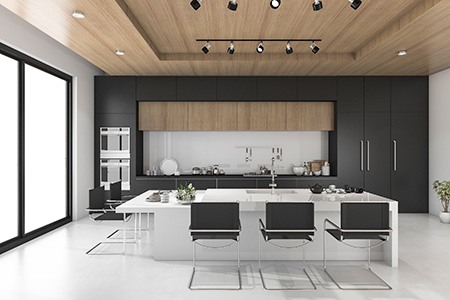
You know how some places feel cramped and stuffy while others feel spacious and airy? That's partly because of the ceiling height. There's a legal minimum for how high the ceilings have to be in any place where people live or work, and that's what we call the standard ceiling height.
Definition & Measurements
If you're planning to design or remodel your home, you need to pay attention to the ceiling height. That's how high the floor is from the ceiling or the bottom of whatever is above you – like a roof or a loft. In feet, of course.
Ceiling heights have changed over the years. Back then, most homes had eight-foot ceilings. But now, they're usually higher. But you can't just make them as high or low as you want. There are some rules you have to follow.
For example, if you have a sloped ceiling in an upstairs room, like an attic or a bedroom, there's a 5-foot rule from ANSI (that's short for American National Standards Institute) that says how much space you need. At least half of the room should have a ceiling that's at least seven feet high. And the lowest part of the ceiling can't be less than five feet high because of the slope.
Historical Context
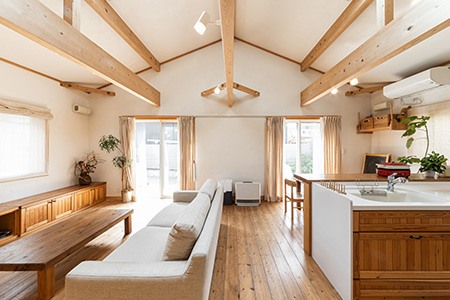
When it comes to ceiling heights, there's no one-size-fits-all answer. You have to look at the big picture and see how things have changed over time. History shows us that different factors have influenced how high or low people made their ceilings.
For example, back in the old days, people built tall ceilings to keep their rooms cool and airy. They didn't have air conditioners or heaters like we do now. But then, things got better, and people could control the temperature in their homes more easily. So they started to lower their ceilings to save energy and money while still having enough space to live comfortably.
Also, different styles of architecture have played a role in how we see space. Some styles made the rooms look taller and grander, while others made them look wider and cozier. So our idea of what's "normal" has changed over time, along with the way we build and decorate our homes.
Current Standards & Trends
These days, most people prefer higher ceilings in their homes, and they make the rooms look bigger and brighter. That's why you'll see a lot of new homes with nine-foot ceilings on the first floor, unlike the old homes with eight-foot ceilings.
But some people like to go even higher and get creative with their ceiling heights. They might have ten or twelve-foot ceilings in some parts of their homes, like the living room or the master bedroom. They want to make those spaces more special and fancy.
And then there are the places where people work or shop. They often have very high ceilings to suit different purposes. For example, an office might have a high ceiling to fit more cubicles or equipment. Or a store might have a high ceiling to display more products or signs.
The Importance of Choosing the Right Ceiling Height
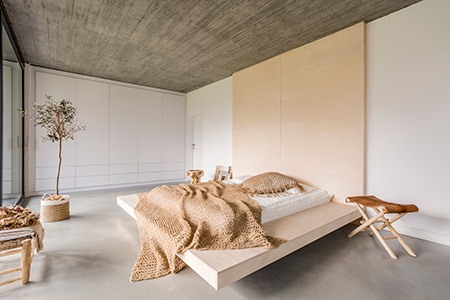
You don't want to mess up with your standard ceiling height used throughout each floor of your home. It can make or break your space, and it can change how it looks and feels and how much energy you use.
Aesthetics & Design
Your ceiling height can greatly affect how your room looks and feels, and it can change your space's mood and style. For example, high ceilings can make your room look more spacious and fancy, while low ceilings can make it look more cozy and snug.
But you can't just pick any ceiling height you want. You have to match it with the style of your home and what you want to achieve. Maybe you want to save energy or have more storage space with high ceilings. Or maybe you want to have a certain look or feel with low ceilings. It's up to you and your taste.
Higher ceilings will make you feel more comfortable in your possible choices of baseboards and crown molding as will. It can even effect things you don't think about like the standard height of a shower head in your bathrooms.
Functionality & Comfort
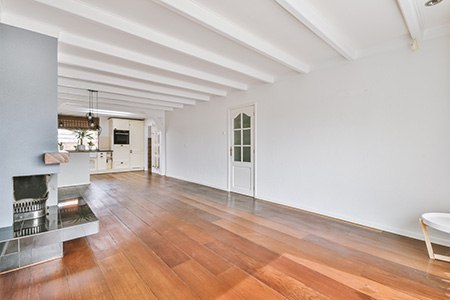
When it comes to choosing the right ceiling height, functionality, and comfort are two crucial factors to consider. A higher ceiling can make a room feel more spacious and allow for better air circulation, which is especially important in areas with high humidity or heat. They can allow for taller windows even at the standard window height from the floor with the increased allowances.
On the other hand, lower ceilings might be preferable for rooms where privacy or coziness is desired - think bedrooms or home theaters. Lower ceilings also tend to be more energy-efficient since less space needs to be heated or cooled.
Energy Efficiency
How high or low you want your ceiling to be depends on what you need and want from your room. If you want more space and air, go for a higher ceiling. It can help you stay cool and comfortable in hot or humid places. Plus, it can make your room look more impressive and elegant.
But if you want more privacy or coziness, go for a lower ceiling. It can make your room feel more snug and warm. And it can save you some money on your energy bills too. Not to mention, it can create a more intimate and relaxing atmosphere.
Factors Affecting Ceiling Height
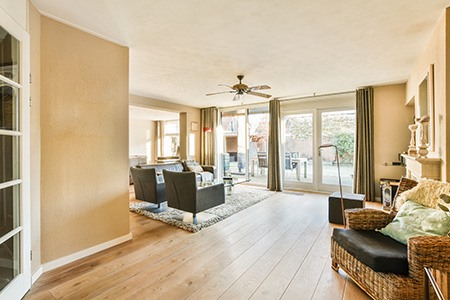
There are some rules you have to follow when it comes to standard ceiling height options in the US. They're set by the International Residential Code (IRC), and they tell you how high your ceilings have to be in any place where people live.
Building Codes & Regulations
There are some rules you have to follow when it comes to ceiling heights in your home. They tell you how high your ceilings have to be in different rooms. For example, in California and in manufactured homes, you have to have at least 7 feet of ceiling height in rooms where you live or use the bathroom.
These rules are there to make sure your home is safe, easy to use, and comfortable. But remember, these rules can vary depending on where you are and what kind of room you have. For instance, kitchens, lofts, and bathrooms might have different rules for ceiling heights. So make sure you check them before you build or remodel your home.
Architectural Style & Design
Your ceiling height can depend on what kind of style you want for your building. For example, you might go for lower ceilings if you want a more old-fashioned, fancy look.
But if you want a more modern, simple look, you might go for higher ceilings, and they can make your space look more sleek and neat. They can make your space look more spacious and elegant.
But don't forget, style is not everything. You also have to think about what works best for your space. You want your ceiling height to match your needs and wants. That way, your space will feel just right, no matter your style.
Personal Preferences & Needs
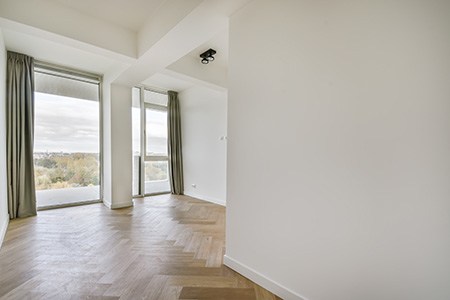
How high or low you want your ceiling to be is up to you and what you need. Some people like higher ceilings because they make them feel more free and fancy, while others like lower ceilings because they make them feel cozy and snug.
But you also have to think about what you need for your space. For example, higher ceilings can help you hear better if you work in a noisy office. So think about what you like and need when picking your ceiling height for your space.
Pros & Cons of Different Ceiling Heights
There's no perfect ceiling height for everyone, so there's no normal ceiling height. Different heights have their pros and cons and tastes have changed over time. For example, high ceilings can make your room look bigger and brighter, but they can also make it harder to keep warm or cool.
Cathedral ceilings can make your space look amazing and impressive, but they can also cost you more in energy bills. So you must weigh the good and the bad when choosing your ceiling height. And you also have to follow the rules in your area and match your space's style and design.
How tall are standard ceilings? These days builders are opting for 9 foot ceilings and moving away from the 8 foot ceilings many of us grew up with. So when someone asks you how high are standard ceilings you know how to explain that the standard has changed.
The Standard Ceiling Height Varies By Foot
To sum up, your ceiling height matters greatly when building or remodeling your home. Most ceilings in the US are about 9 feet high, but they can be higher or lower depending on the rules, the style, and what you like. Older homes and apartments will have 8 feet ceilings as an average ceiling height in a home.
You want to pick the right ceiling height that works for you and makes your space look and feel great. Whether you like it cozy or spacious, always talk to the pros to ensure you're doing it right and following the law. The standard ceiling height is standard for a reason so don’t vary away from it for your own good.



